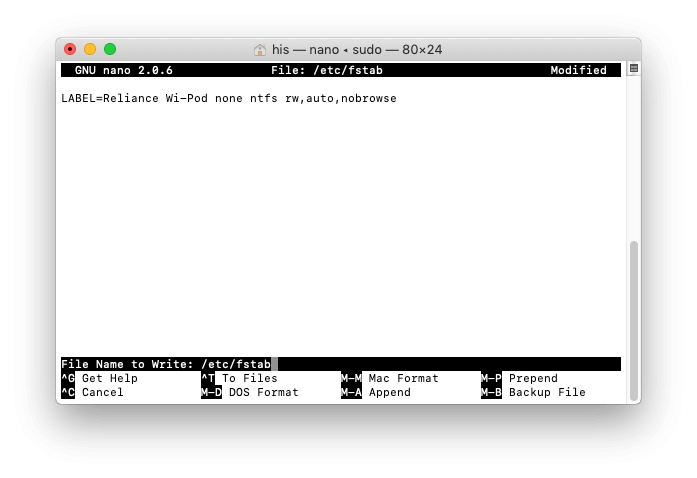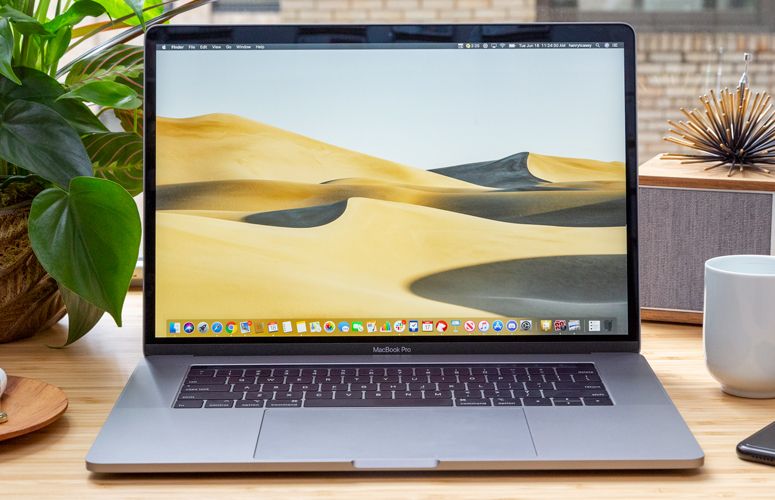



In here, run the following command to edit the fstab file (supply your password when prompted): Enter this line into the fstab file, changing the label "NAME" to match that of your drive. To enable this feature, you have to do so on a per-volume basis, by editing the system's hidden fstab file to adjust the way the drive is automatically handled when attached and mounted.įirst ensure that your NTFS drive has a simple single-word name, and then go to the Applications > Utilities folder and launch the Terminal program. Therefore, the use of a third-party driver such as Paragon NTFS or Tuxera NTFS has been required for those seeking full NTFS support however, OS X does support writing to NTFS, but this feature is just not enabled by default. OS X supports the option to read NTFS-formatted drives, but has not supported writing to these drives.


 0 kommentar(er)
0 kommentar(er)
